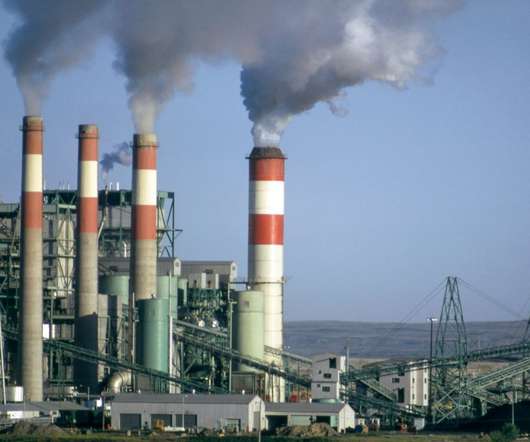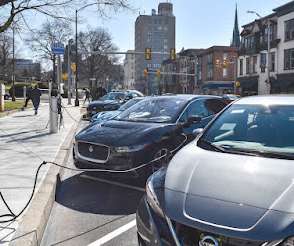How’s EPA Doing on Air Pollution Science?
Union of Concerned Scientists
OCTOBER 26, 2022
When Congress passed the Clean Air Act in 1970, they determined that six so-called “ criteria air pollutants ”—particulate matter, ground-level ozone, carbon monoxide, lead, sulfur dioxide, and nitrogen dioxide—were so dangerous they required a rigorous and regularly updated process of assessment and policymaking.












Let's personalize your content